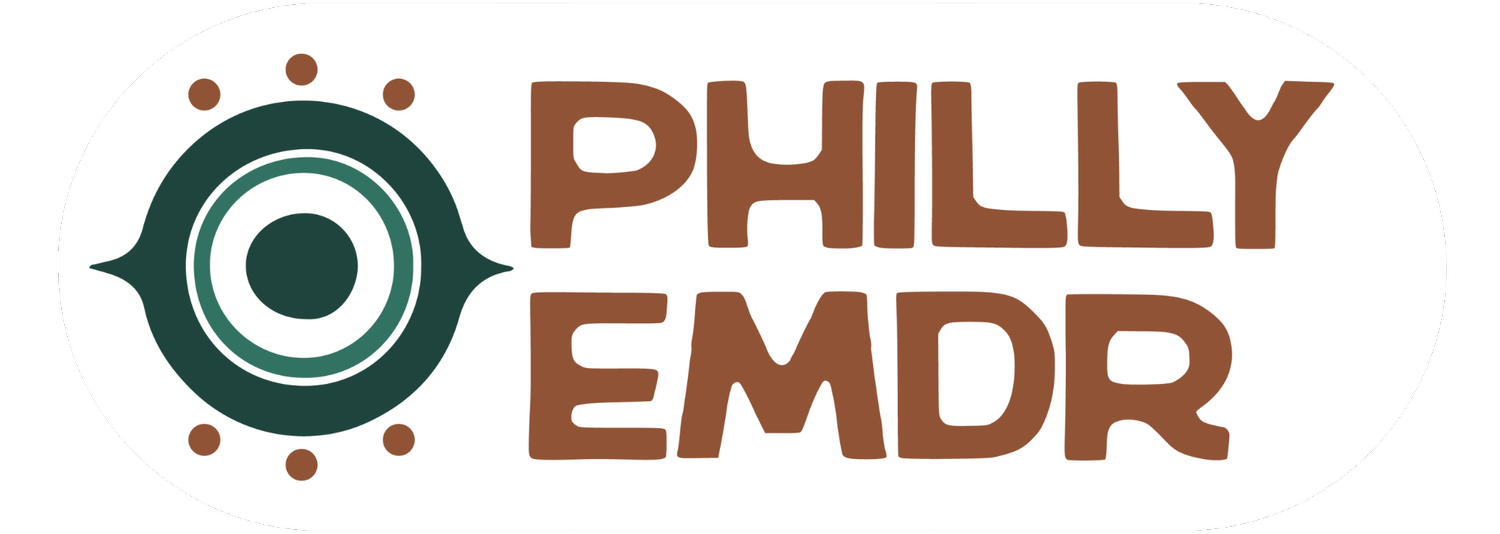How I Started Doing Adjunctive, Intensive EMDR
EMDR is a powerful therapy that has provided relief for dozens of my clients over the years. When I was first trained in EMDR I began to use it as an adjunctive therapy to other kinds of psychotherapy I was providing to my regular psychotherapy clients in a residential drug and alcohol program.
When I moved into private practice, I continued to provide EMDR and weekly therapy to clients but had to take a break from everything due to a significant auto accident. Part of my recovery from that accident was doing intensive EMDR therapy. I had heard of it but trying it myself was incredible. Shortly after I got back to work after the accident, I decided to exclusively provide adjunctive, intensive EMDR therapy for clients and be a valuable collaborator with my client’s primary therapists. To help spread the word about adjunctive, intensive EMDR, I’m going to review what each of these terms means and how I utilize the concept in my practice.
Adjunctive EMDR Therapy
Adjunctive EMDR therapy is when EMDR is used in conjunction with other forms of treatment, usually talk therapy, somatic-based therapy, or other types of niche/specific modalities. The purpose of adjunctive EMDR therapy is to address specific symptoms or issues that may not be fully addressed through other forms of treatment alone.
A good example of what adjunctive therapy looks like is someone with PTSD will benefit from talk therapy to address their emotions and thoughts surrounding their trauma, but may also experience physical symptoms, be stuck in a negative belief system about themselves or the world or have significant anxiety that regular use of coping techniques and therapy aren’t helping with. Adjunctive EMDR therapy can help to reduce these symptoms and issues by targeting the underlying trauma through bilateral stimulation.
The use of adjunctive EMDR therapy can help individuals to feel more in control of their symptoms, reduce the frequency and intensity of their symptoms, and improve their overall quality of life. It helps individuals to address the root causes of issues related to trauma so that the primary therapist can help them create avenues for post-traumatic growth and ongoing resilience through their therapeutic relationship.
Intensive EMDR Therapy
Intensive EMDR therapy involves a more concentrated and immersive approach to EMDR. For my practice, intensive means I do longer sessions. My sessions are scheduled for three hours, and I find that this length of session is the best length of time for effective EMDR processing and client’s endurance. I also try to complete a client’s course of treatment as quickly as their schedule allows. Most of my clients who commit to their original treatment plan have between four and six intensive sessions. These can be completed in as little as two weeks if a client is available for multiple sessions in a week.
Intensive EMDR therapy can be particularly beneficial for individuals who are experiencing a high level of distress or who have a limited amount of time to devote to treatment. The benefits of intensive EMDR therapy can include a more rapid reduction in symptoms, a deeper level of processing and healing per session, and overall fewer hours in therapy by capitalizing on the processing time in longer sessions.
Putting it all together
Adjunctive and intensive EMDR therapy can be valuable for helping your clients reach their treatment goals. The effective and efficient nature of adjunctive and intensive EMDR can help individuals to feel better faster, improve their overall quality of life, and allow their primary therapist to do their best work by swiftly eliminating the acute trauma-related symptoms so they can go deeper into healing. If you’re interested in learning more about my adjunctive EMDR therapy intensives, check out my information on EMDR consultations and schedule a Good Fit Call.

